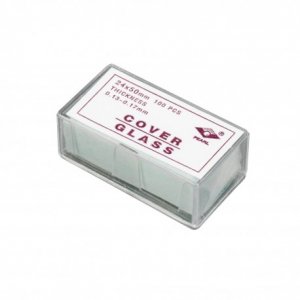N
NP2626
Guest
I do see photos all the time of buildings, Cabooses, locomotives and other track-side items where people have failed to add glazing to their windows. This really is a very easy modeling addition to fix and adds real authenticity to your models! I use clear plastic File protectors for glazing material. I have used many types of glue/cement to attach to the interior walls of what ever it is I want to add windows to. Lately have settled on Hob-E-Tac or Woodland Scenics Scenic's Accent Glue. I apply the glue to the inside where the window will be attached with a tooth pick and place the window into the wet glue, pushing down on the center of the window, which pushes the glue away from the edges of the windows. After setting up, this method holds the windows in place, very strongly! I love how as a caboose rolls by, you see the glint of the window flashing as the light hits it. buildings look far more realistic with glazing in their windows. Try it, you will never go back to adding a model to your layout that doesn't have glazing in your windows.
I credit Cody Grivno with the suggestion of using Hob-E-Tac; or, Woodland Scenic's Accent Glue on a tooth pick. I'm guessing he's not the originator.
I credit Cody Grivno with the suggestion of using Hob-E-Tac; or, Woodland Scenic's Accent Glue on a tooth pick. I'm guessing he's not the originator.
Last edited by a moderator:




![2014223232124_detail%201[1].jpg 2014223232124_detail%201[1].jpg](https://modelrailroadforums.com/forum/data/attachments/16/16608-6b6fd4581aec907662cfe6ab5c1ab2d5.jpg)
